Pickup Sticks
A Guide to Cigar Types, Characteristics, and How to Choose the Right Ones for You
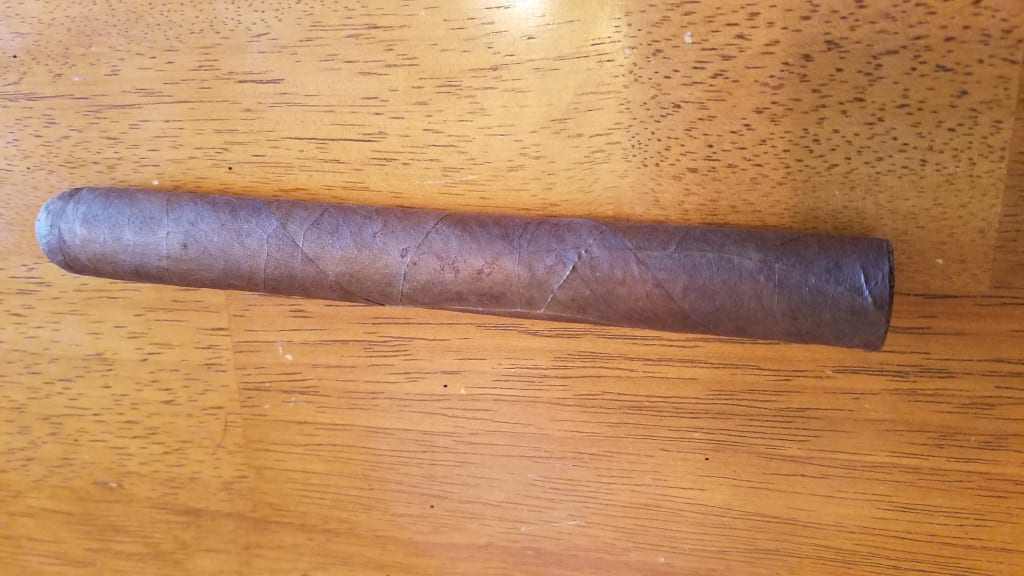
Cigars can be a hobby for everyone, but it takes time to explore the different kinds of cigars and develop a taste for what you like. Personally, I believe that there is always a time to try new sticks. New blends and new cigars are always being created, so once you find something you love, continue trying sticks you have not had before. If you are new to cigars or are thinking about getting into them, the following is a guide to know where you should start as a newbie, what to expect from the different types of cigars, and why the wide variety of cigars is a good thing.
First, let's go through some of the important characteristics of cigars that you need to understand when picking cigars. A lot of this information will help you to predict the profile of a cigar before you even try it.
An easy topic to cover right away is the shape of a cigar. The various sizes and shapes of cigars come from the history of the industry and the realities of the product being made. The size of a cigar can affect a few things about a smoke, the obvious thing is the length of the smoke. For a new smoker, I recommend a shorter smoke. Do not buy anything longer than 5 inches. For the average smoker, that might take up to an hour, so something even shorter would be good. The size of a cigar is measured in length, but also in gauge (diameter). When you talk to someone about the gauge of a cigar they might say it is a, "50 ring gauge." The number in that measurement is out of 64ths of an Inch. So, a 64 ring gauge cigar has an Inch diameter, which is a fairly large gauge cigar. Obviously, a long cigar with a 60+ gauge will mean a long smoke. Now a larger gauge cigar usually means an easier draw with a lot of smoke and a thinner long cigar can take quite a bit of effort to draw through. You need to keep these things in mind because there is some exchange between effort and flavor. With large gauge cigars, a lot of the smoke will come from the filler which has less distinct or potent flavors. Most of the flavor you taste in the smoke of a cigar comes from the wrapper, so a thin cigar has a very distinct flavor. Considering the wrapper of a cigar is something to discuss later. For new smokers, you should stick to a short cigar that is no longer than 5 inches with a medium gauge between 40 and 50. With that gauge. you will get a fair amount of flavor from the wrapper, but will also have a light cigar with an easy smoke.
The next topic for consideration is the shape of the cigar. The shape of a cigar also has minute effects on flavor and draw, so in picking your cigars you should consider the shape as well. A vitola is a cigar band but the term, "vitola," is often used in the industry to refer to a cigar's shape and size. Creating an appealing product out of leaves is quite difficult, but there are many creative examples of cigar shapes out there. The majority of premium cigars that sell well and are enjoyable to smoke come in a few more limited and consistent shapes. Generally, there are 2 shape categories; parejos and figurados. Parejos are your standard shape with straight sides, cylindrical overall, and a curved head. There are names for some of the common parejo sizes, but we won't get into those. Just consider what we already said about size before. Parejos have a steady consistent draw and mild changes in flavor. Figurados are pretty much everything else. Figurados include tapered heads and tapered ends, changes in gauge, box-pressed shapes, and even cigars that are twisted together. We will not go through the names and distinctions of each of these vitolas, either. Just know that as a cigar changes, in size or shape, it's flavor most likely will as well. Figurados are just enjoyable are parejos and if you are looking for some variance in your single cigar experience, they may be good options. Though, honestly, a change in a cigar's shape means a change in its construction which means it is more likely to burn inconsistently. New smokers should stick to parejos in the beginning, because this allows for a consistent smoke that is easy to make a judgment on.
A Lit Parejo
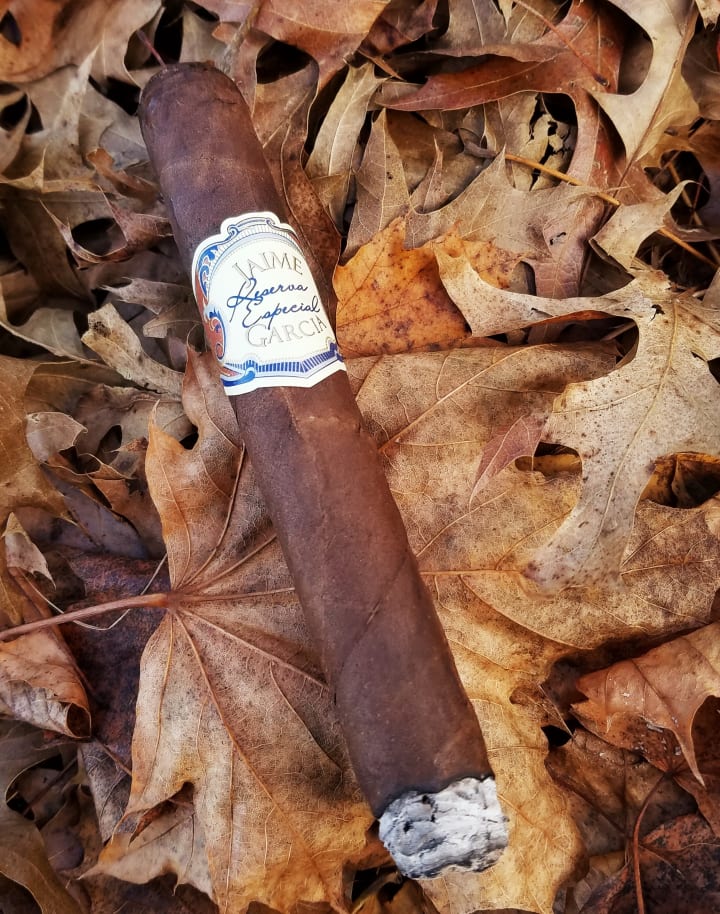
The different tobaccos that make up a cigar, is the most important aspect to consider. Most tobacco for cigars is grown in only a few countries. These countries include Cuba, Nicaragua, Honduras, Ecuador, Dominican Republic, Brazil, Mexico, Cameroon, Indonesia, and the United States. A mix of these tobaccos can be combined in the filler, the binder, and the wrapper. Often, the filler can also be a blend of more than one tobacco. The filler is the inner tobacco that makes up a bulk of the cigar's mass. The wrapper contributes a lot to the flavor of a cigar, creating more complex characteristics, and is the very outside layer of tobacco. The filler contributes the majority of the overall profile; the base flavor and body. It is a rule of thumb that usually the darker the tobacco in color, the more flavorful and stronger in body the cigar will be. A cigar's profile is not just determined by its wrapper, so it is important to find out about the filler tobacco as well. The Dominican Republic is the largest cigar producer in the world and their tobaccos are generally mild and smooth, a good choice for beginners. The second largest producer is Nicaragua, which has darker tobacco with more powerful and complex flavors that are very popular. New smokers should stick to cigars made in the Dominican Republic or Honduras for the most part, or cigars with a Connecticut Shade wrappers. These cigars will have lighter and smoother flavors and the color of their wrappers will range from a light goldish tan to light brown. For a more detailed explanation of the varieties of tobacco across the globe, look for a future article.
Two Different Colored Cigars
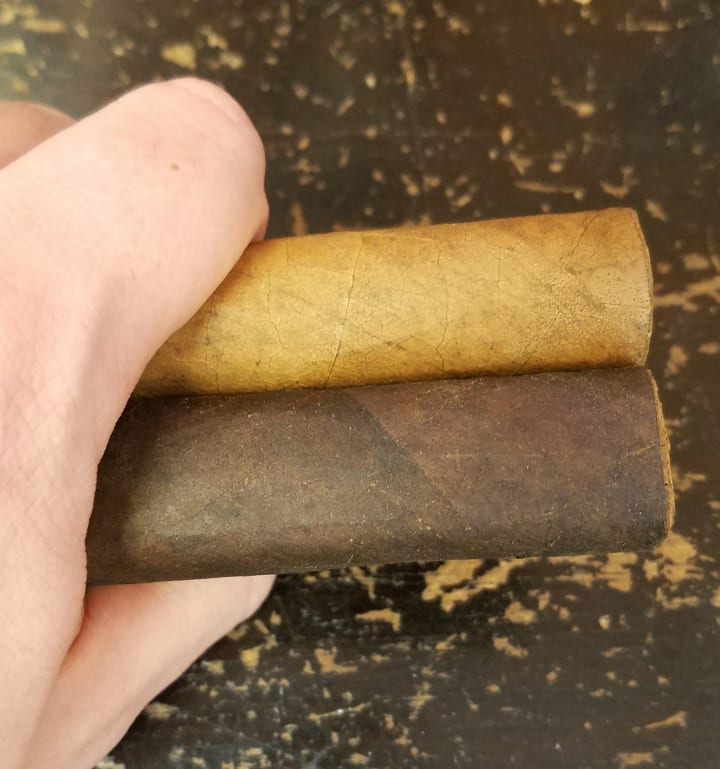
Since you have learned a bit more about the characteristics of cigars, now you need to apply that info into choosing your cigars. Think about the situations and settings that you will most likely smoke them in. Will you be outside, will it be mild or hot (hopefully not cold)? If it is hot, then you might want to stick to a lighter cigar. Have you eaten? If not, then again you will want a shorter, lighter smoke. It is never a good idea to smoke anything on an empty stomach. What are you drinking? You do not want your drink and your cigar to conflict. Pair light cigars with light or sweet drinks, and full flavored/body cigars with strong drinks. Be sure to consider the flavors as well. A strong dark beer would go well with certain natural chocolatey or coffee flavors found in some cigars, while bourbons and whiskeys go well with the earthy woodiness of other cigars. Water is always a good choice because it keeps you hydrated without any possibility of flavor conflicts. Coffee also goes well with most cigars, though whether you drink it black or some other way may have an effect on the interaction of flavors. Food is very difficult to pair with cigars, but chocolate works well. As you become more familiar with various cigars, and tobacco blends, you will determine for yourself what the best pairings are in your own opinion. For light cigars, as is recommended for new smokers, a smooth or fruity cocktail or a light beer goes well with light cigars. When considering your drinks and what will pair well, do not be afraid to ask for recommendations from your local tobacconist.
Before we end the article, it would be helpful for a beginner to know a few tricks that may help in picking well-made cigars. These tricks will help prevent you from grabbing the one or two bad sticks in a bunch. These tricks are helpful for analyzing the construction of the cigar and ensuring the smoke is consistent and without difficulty. These 3 tricks can be conducted whether the cigar is wrapped in cellophane or not. The first tip is to look at the foot of the cigar. Most cigars have an open foot that exposes the swirls and circles of binder and filler tobacco. Look at these patterns and avoid any cigars that have noticeable gaps or what looks like stems sticking out the end. Generally, the filler is blended in a way that the combinations of different tobaccos are evenly spread. So, when looking at the end of a cigar, again you want to avoid cigars that have patches of distinctly different color filler. Also when you look at the foot of the cigar, look at the end of the wrapper tobacco. If the edge of the wrapper has little tiny cracks, it can be an indicator that the cigar has not been properly humidified through its life. This could mean that the flavor is compromised, or the burn will result in bigger cracks or flakes that will cause the cigar to fall apart and ruin the experience. The last tip for picking a well-made cigar is touchy. Literally, you need to handle the cigar, but you also have to be careful when executing. What you need to do is gently, but firmly, squeeze the cigar. There are a couple of methods of doing this, but the easiest is to squeeze multiple times between the thumb and forefinger or forefinger and middle together. Space your squeezes along the cigar to feel for consistency. The cigar should have the same amount of give along the whole thing. Any change will indicate either an overly packed part or an empty pocket. Lighter cigars, as recommended for newbies, will be fairly squeezable with noticeable malleability. A well-made cigar that has also been properly humidified will spring back to its proper shape. Do not squeeze hard! Do not try to crush it, just pinch until you feel resistance and let go.
Now you know all the basics for selecting the right cigars for you to enjoy. After purchasing, it is important to do your best to keep them properly humidified until you smoke. For guidance on the technicalities of storage and humidification, look for another upcoming article on the topic. Until then, remember... smoke slow, speak softly, and watch your ash.
About the Creator
Ethan Hard
I just want to write and share... for now.
Enjoyed the story? Support the Creator.
Subscribe for free to receive all their stories in your feed. You could also pledge your support or give them a one-off tip, letting them know you appreciate their work.


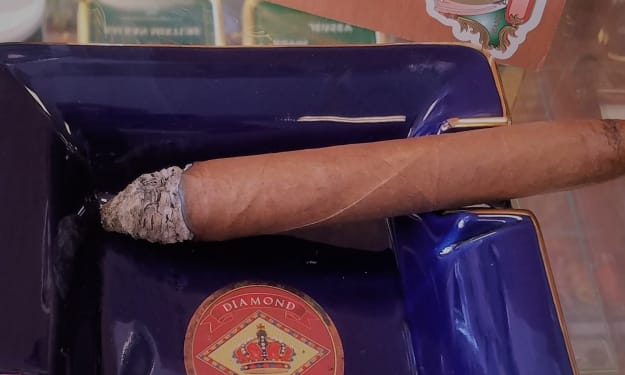
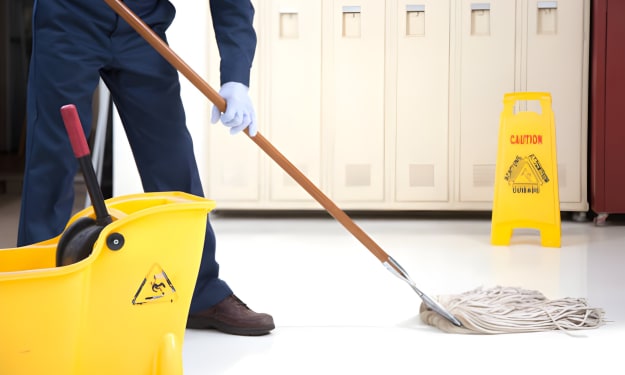


Comments (1)
Check the end of the wrapper tobacco for tiny cracks, which can indicate improper humidification. Inadequate humidification may compromise the flavor and lead to burn issues. https://basketballrandom.com